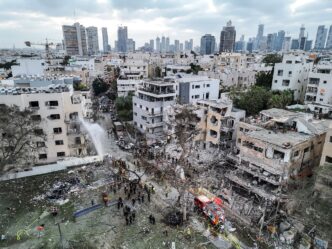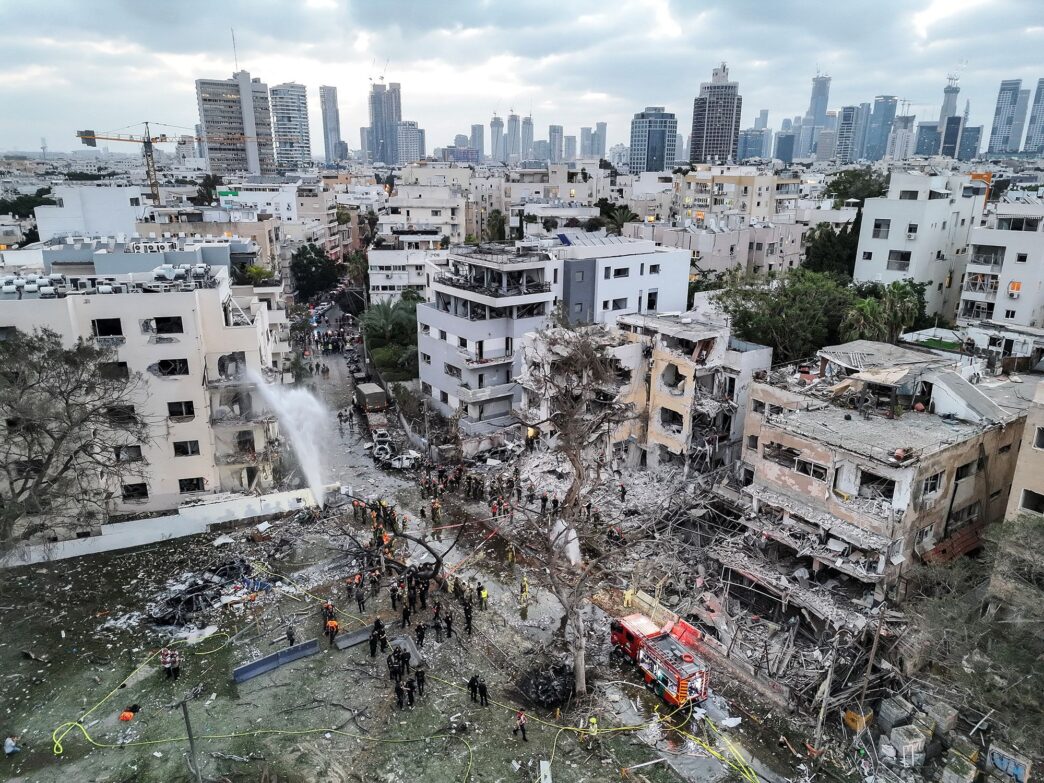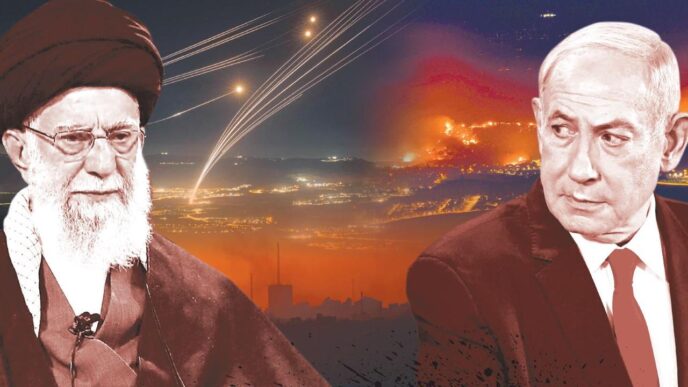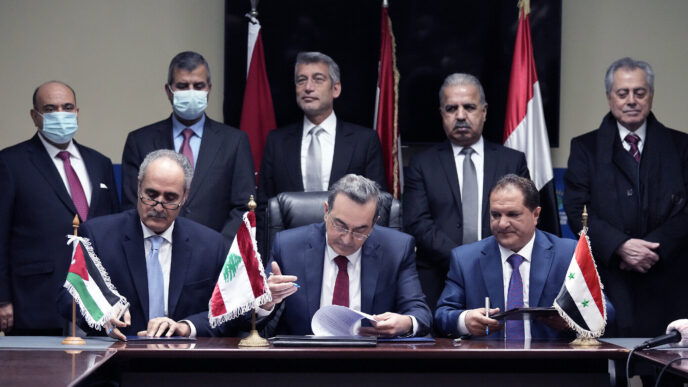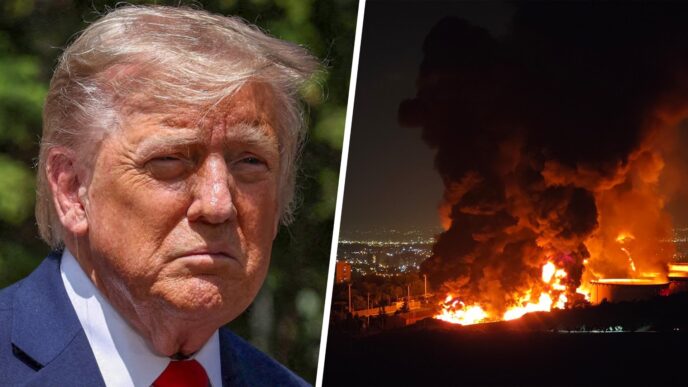The recent escalation between Iran and Israel has resulted in a significant shift in regional stability, with Iran launching its most extensive direct assault on Israeli territory in decades. While Israeli defense systems—including the Iron Dome—intercepted the majority of incoming threats, Iran’s attack still caused measurable damage across key locations in Israel.
The Scale of the Attack
Iran’s operation included the use of:
- Over 200 ballistic and cruise missiles
- Hundreds of drones, many launched from Iranian territory and proxy forces in Iraq, Syria, and Yemen
This marked Iran’s first direct missile and drone assault on Israeli soil, bypassing decades of proxy warfare.
Areas Impacted
Despite high interception success, several locations experienced direct hits:
- Military installations in southern and northern Israel reportedly sustained damage, with some bases partially disabled.
- Airfields and radar stations saw minor disruption, forcing temporary rerouting of military aircraft.
- Residential neighborhoods in cities like Eilat and Be’er Sheva experienced shockwaves and minor structural damage.
- Power infrastructure in one region faced a brief outage due to missile debris impact.
Civilian Casualties and Infrastructure
Israel’s Home Front Command reported:
- At least a dozen civilian injuries, mostly from falling shrapnel and panic-related incidents
- Property damage in multiple southern communities, including shattered windows and minor fires
- Emergency services responded to hundreds of calls related to injuries, shock, or trauma
However, due to Israel’s extensive missile defense systems and early warning protocols, civilian casualties remained low.
Strategic Consequences
While physical damage was contained, the psychological and geopolitical impact is severe:
- The attack demonstrated Iran’s ability to bypass Israel’s airspace defenses with swarm tactics.
- It raised concerns about the sustainability of Israel’s missile stockpile if another large-scale attack occurs.
- It pushed both nations—and their allies—closer to the brink of open war.
Conclusion
Although Iran’s direct strike on Israel caused limited physical destruction, it succeeded in sending a powerful message. Key military and civilian areas were hit, albeit minimally, and the attack marks a dangerous new phase in Middle Eastern conflict—one that brings the region closer to a broader and more destructive war.


